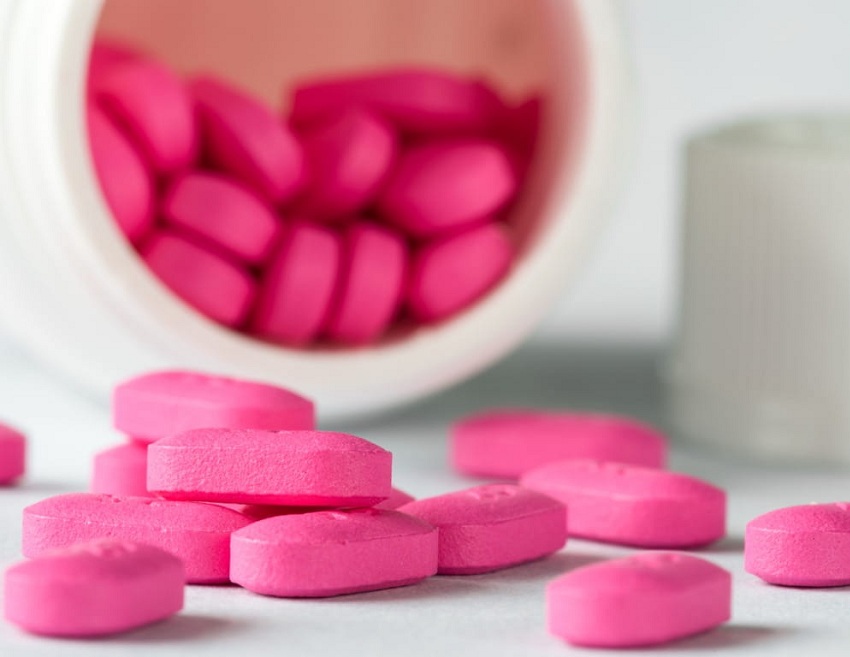Benadryl, also known by its generic name diphenhydramine, is an antihistamine commonly used to relieve allergy symptoms such as itching, sneezing, runny nose, and hives. It is also used to manage mild cases of sleeplessness and can aid in reducing symptoms of the common cold. While Benadryl can be an effective medication when used properly, parents and caregivers must be aware of the appropriate dosing guidelines to ensure the safety and well-being of their children.
Let’s take a look at the Benadryl Dosing Chart
Important Factors to Consider Before Giving Benadryl to Children
Before administering Benadryl to a child, it is essential to consider a few critical factors:
1. Age: Benadryl is not recommended for children under 2 years of age unless specifically directed by a healthcare professional. Children in this age group may be more susceptible to side effects and require specialized care.
2. Allergies and Medical Conditions: Parents and caregivers should be cautious if the child has a history of allergic reactions to antihistamines or any other medications. Additionally, children with certain medical conditions, such as asthma or glaucoma, may need to avoid Benadryl or take it under medical supervision.
3. Other Medications: If the child is taking any other medications, prescription or over-the-counter, it is essential to consult a healthcare professional before giving them Benadryl. Combining certain drugs can lead to adverse effects or reduced efficacy.
4. Dosage Form: Benadryl is available in various forms, including liquid, chewable tablets, and dissolvable strips. Each form may have different concentrations of the active ingredient, so always read the label carefully and follow the appropriate dosing instructions for the chosen form.
Recommended Benadryl Dosage for Children
The dosing of Benadryl for children is based on the child’s weight and age. The following guidelines can serve as a general reference, but it is crucial to consult a healthcare professional for personalized advice:
For children aged 2 to 5 years
- Liquid:5 mg (2.5 mL) every 4 to 6 hours, as needed.
- Chewable tablets: Not recommended for this age group.
For children aged 6 to 11 years
- Liquid: 25 mg (5 mL) every 4 to 6 hours, as needed.
- Chewable tablets:5 mg to 25 mg every 4 to 6 hours, as needed.
For children aged 12 years and older
- Liquid: Follow the dosing instructions for adults on the package.
- Regular-strength tablets (25 mg): 1 to 2 tablets every 4 to 6 hours, as needed.
Safety Precautions and Side Effects
While Benadryl is generally safe when used as directed, there are potential side effects that parents and caregivers should be aware of:
Drowsiness: One of the most common side effects of Benadryl is drowsiness, which can impair a child’s ability to concentrate and perform daily tasks.
Allergic Reactions: In rare cases, children may experience an allergic reaction to Benadryl, leading to symptoms like rash, itching, swelling, severe dizziness, or difficulty breathing. Seek immediate medical attention if any of these symptoms occur.
Overdosing: Giving more than the recommended dose of Benadryl can be dangerous. Always follow the dosing instructions, and in case of accidental overdose, seek immediate medical attention.
When to Seek Medical Advice
Parents and caregivers should contact a healthcare professional if:
- The child’s symptoms persist or worsen despite using Benadryl.
- The child experiences severe side effects or shows signs of an allergic reaction.
- The child has a pre-existing medical condition or is taking other medications.
Remember, the information provided here is for general guidance and should not replace professional medical advice. Always consult a healthcare professional before giving any medication to children, and ensure proper dosing and usage for their well-being and safety.

